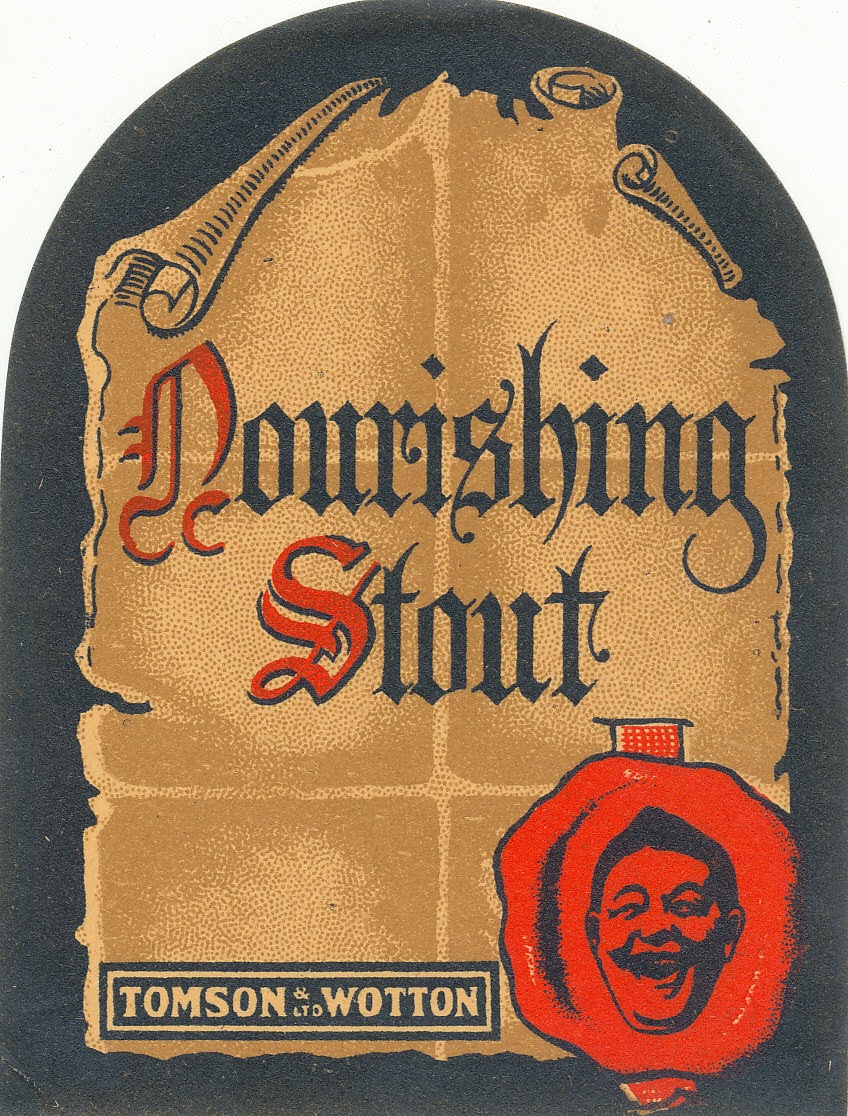I have to be up reasonably early as my flight is just after 10 AM. And I've a couple of bags to check in. After loading up of eggs and bacon, I check out and get a cab.
Boucing around in the back, I notice a disconcerting sign: "Concealed weapons prohibited". Does that mean unconcealed weapons are OK? It must, otherwise surely it would just say "Weapons prohibited".
I've splashed out on a first class ticket, which means I get two free checkin bags. May as well take advantage. I've also got the TSA express thing, which means I can leave on some of my clothing during the seciurity check. I had this last time I was in the US, too. No idea why, but I'm not complaining.
George Bush internationalis a funny place. A big, international airport, but few eat/drink/shop opportunities. Very odd. Most airports nowadays are like shopping centres with an auxiliary transport function.
I'm looking for a bar. There's a breakfasty type place, but, significantly, the seats at the bar are all tilted forward. Looks like it isn't open yet. I eventually find somewhere more bar-like, only to be told they serve me a beer yet. This is as bad as Totonto airport. Even in Britain you can get a beer airside at 8 AM. I have a coffee instead.
Having a first class ticket, I can board early. I've got seat 1A, another perk of flying first class. It's coveniently close to the galley. Something that's very handy during the flight. Dead easy for me to ask for another whisky, which I do several times during th flight.
I'm collected at the airport by Nick Hudson, a member of the homebrewing club the Carboy Junkies.
"Do you want to go straight to your hotel or have a beer first?"
It's a principle of mine never to turn down a beer. Ever. We head for Paramount, which is downtown, not far from my hotel.
It's one of those odd places that combines beer, food and old arcade games.We order a very good hamburger and I shovel down a few beers.
As you can see, it's very light inside. I quite like the place.
I've just about time to check in before it's time to head over to Cahaba Brewing, the location of today's event.
With a 3.5 barrel brewhouse, they're at the small end of production breweries. It looks like they've still plenty of room to expand. The brewing revival is very recent here, partly due to crazy alcohol laws, like a ceiling on ABV. And a ban on home brewing. That's all by way of explanation of the fact that, although Cahaba was only founded in 2011, they're one of Alabama's older breweries.
The taap room is smack bang in the brewery. Which I'd find disconcerting were I a brewer. But I've seen it more often in newer breweries, for example in Seattle.
It a simple, unpretentious place:
Carboy Junkies have set up a small bar, serving six historic beers:
- 1855 Barclay Perkins EI Porter
- 1879 Younger No. 3
- 1914 Fullers AK
- 1924 Barclay Perkins RNS "Royal Navy" Stout
- 1952 Lees Best Mild
- 1955 Whitbread Double Brown Ale
I'd like to say, all beers from my book. But only the Younger's No. 3 is. Double Brown was in, but got cut for space reasons. It's a good spread of styles, with only a Pale Ale and a Strong Ale missing.
I chat merrily with club members about all things beer history and enjoy the occasional beer. That Lees Mild recipe is a cracker. Been very popular with home brewers. Why didn't I include it in the book? I remember: it's Kristen's recipe.
Someone presses a badge into my hand. At first I think it's a club badge, like the one I was given in Houston. Then I see the anchor and the words "Barclay Perkins". It was given to William Thomas Jackson to celebrate 21 years service. Wow. I don't know what to say. It's a wonderful gift.
One of the club members I chat with is Scotsman Stuart Carter. He's taking me on a brewery crawl tomorrow. Can't wait.
Paramount
200 20th St N,
Birmingham, AL 35203
info@paramountbirmingham.com
http://www.paramountbirmingham.com/
Cahaba Brewing Company
2616 3rd Ave S,
Birmingham, Alabama 35233
http://www.cahababrewing.com/
Buy my book:

The Home Brewer's Guide to Vintage Beer
http://www.amazon.com/Home-Brewers-Guide-Vintage-Beer/dp/1592538827


























































































